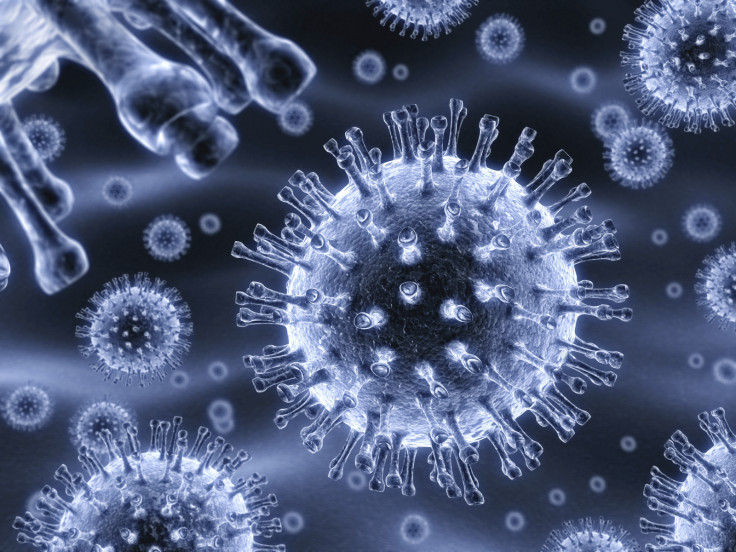Where are we now in the fight against Aids and what is there left to do?
The world is making progress in tackling the Aids epidemic, but there is still no cure yet.
We have not cured Aids yet
There are effective antiretroviral therapies that keep the amount of the HIV in the body at very low levels that prevents onward spread of the virus, but at the moment there is still no cure.
People who are HIV-positive now have life expectancy that is getting closer to that of HIV-negative people, but it is still not equal. In the US in 2011, HIV-positive people lived on average 13 years less than HIV-negative people.
The hunt for a cure is still on. A large clinical trial for a HIV vaccine began in early November in South Africa.
So-called Patient Zero was not to blame – but he died long before he could find out
The idea that the US Aids epidemic began with one person who became known as Patient Zero turned out to be a myth. Scientists showed through historical and genetic analysis that the virus spread from the Caribbean to the US. The flight attendant Gaetan Dugas, who was named as Patient Zero, was blamed for the epidemic as an early recorded case in the US.
Scientists have now found that these claims were baseless, long after Dugas' death in 1984 due to Aids-related kidney failure.

The UN has pledged to end Aids by 2030 – but it will be a tough road
A UN political declaration in June saw countries agreeing to work to end the Aids epidemic by 2030. The declaration commits countries to working to:
- Reduce new HIV infections to fewer than 500,000 globally by 2020
- Reduce Aids-related deaths to fewer than 500,000 globally by 2020
- Eliminate HIV-related stigma and discrimination by 2020
But a lack of funding for research on HIV and Aids poses a major barrier to meeting these targets.
Aids and HIV in numbers
- The human immunodeficiency virus, which causes Aids, has led to the deaths of 34 million people worldwide since it was first discovered.
- Now there are nearly 37 million people living with HIV, and in 2014, 2 million people got the virus.
- About 1.8 million children are living with HIV today.
- 17 million people are on antiretroviral therapy
- But there are an estimated 20 million HIV-positive people who are not receiving treatment.

Preventative treatment is becoming available in more countries
Pre-exposure prophylaxis – or PrEP – is an effective preventative treatment for HIV. If taken correctly it can reduce the risk of infection by 90%.
In the UK, PrEP became free on the NHS after a legal battle in which the NHS argued that it would be too expensive to provide.
Gay men are still suffering disproportionately from Aids
Globally, gay men and other men who have sex with men are more likely than anyone else to be diagnosed with HIV infection. Men who have sex with men are 19 times more likely to be HIV-positive.

© Copyright IBTimes 2025. All rights reserved.






















